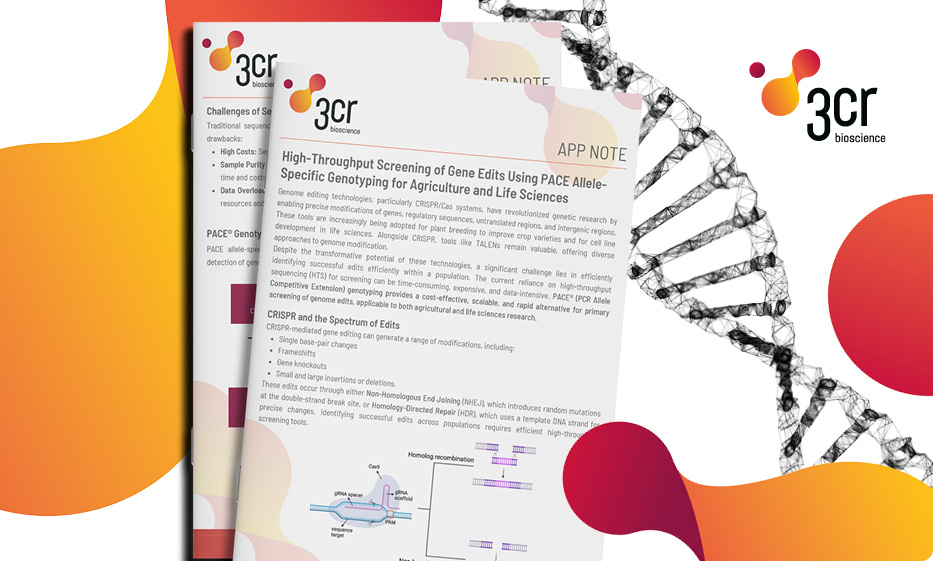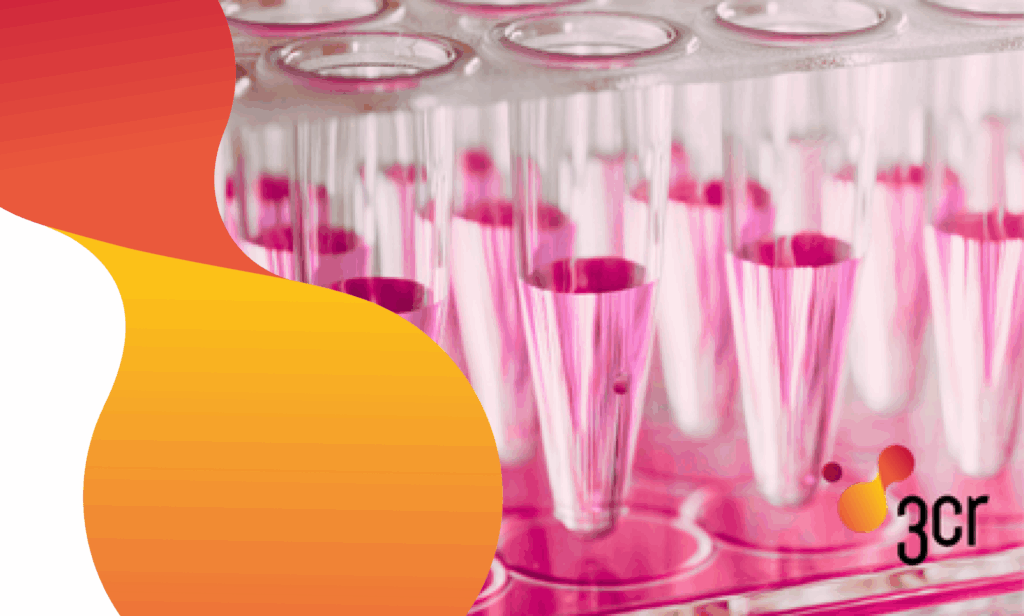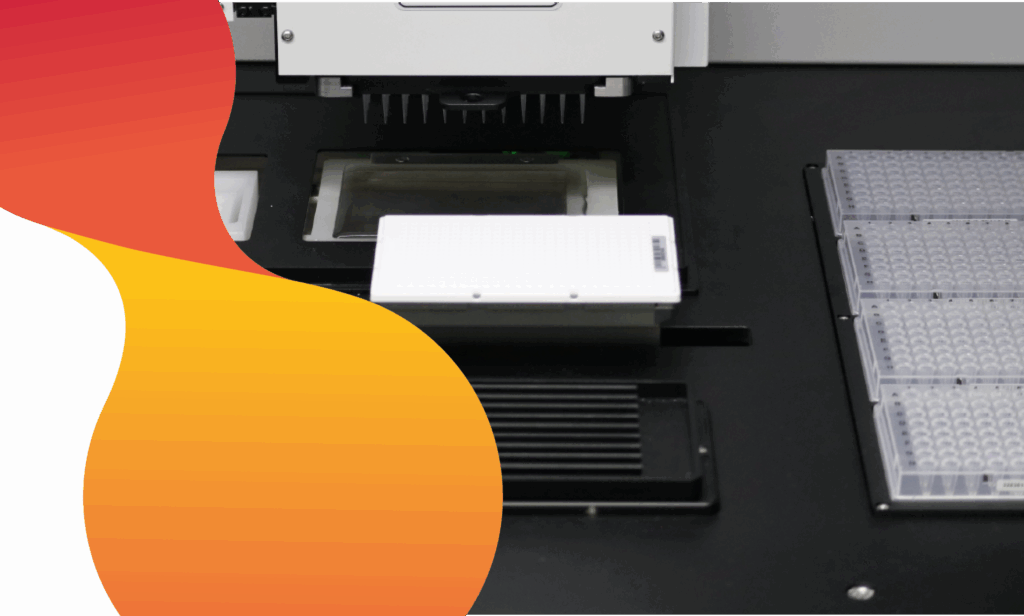Genome editing, especially with CRISPR/Cas systems, is revolutionizing genetic research. Its applications range from enhancing crop traits in agriculture to advancing cell line development in life sciences. However, one major challenge remains: efficiently identifying successful edits in large populations.
Enter PACE® (PCR Allele Competitive Extension) genotyping—a game-changing tool that addresses these screening challenges. In our latest application note, High-Throughput Screening of Gene Edits Using PACE Allele-Specific Genotyping for Agriculture and Life Sciences, we show how PACE reshapes genome editing workflows by providing a faster, cost-effective, and scalable alternative to traditional sequencing.
The Landscape of Genome Editing
CRISPR/Cas systems allow for a range of genetic modifications:
• Single base-pair changes
• Frameshifts
• Gene knockouts
• Small and large insertions or deletions (InDels)
These edits are achieved via Non-Homologous End Joining (NHEJ) or Homology-Directed Repair (HDR) mechanisms. While these tools promise unparalleled precision, screening for successful edits remains a bottleneck, often relying on Sanger or Next-Generation sequencing.
However, large-scale sequencing comes with significant drawbacks:
• Cost: High expenses for large populations
• Sample Purity Requirements: Demanding high-purity DNA extractions
• Data Overload: Large datasets necessitating advanced analysis
PACE genotyping offers a streamlined, PCR-based alternative, eliminating these hurdles with its high-throughput, allele-specific detection capabilities.
PACE Genotyping: A Game-Changer for CRISPR-Based Gene Editing
PACE genotyping simplifies and accelerates genome editing workflows with key advantages:
1. Broad Applicability
Applicable across plants, animals, tissue cultures, protoplasts, seeds, and more, PACE fits seamlessly into diverse research environments.
2. Efficiency
- Detects SNPs, knockouts, and various insertions/deletions.
- Employs simple unlabeled primers for real-time or endpoint analysis.
3. Cost-Effectiveness
- Operates with minimal DNA input, working efficiently even with crude lysates.
- Reduces reliance on expensive sequencing by pre-screening populations.
4. High Accuracy
Allele-specific primers ensure precise differentiation between wild-type and edited sequences.
5. Versatility
- Detects zygosity and tracks genetic changes through breeding cycles.
- Functions in both DNA-mediated and DNA-free editing processes.
6. User-Friendly Workflow
- Combines target amplification and fluorescence detection in one step on standard qPCR machines.
- Tailored workflows ensure smooth adoption for researchers of all expertise levels.
Spotlight: CRISPR Applications in Plant Breeding
CRISPR/Cas systems have become indispensable in plant breeding, facilitating the development of crops with enhanced traits. PACE genotyping supports this by:
- Optimizing Genome Editing: Detecting edits early to refine protocols.
- Bulk Screening: Testing seed populations for trait purity.
- Regulatory Dossiers: Providing robust data for approvals.
- Market Monitoring: Tracking edits in commercial products.
Whether detecting single-nucleotide changes (SDN1) or large rearrangements (SDN3), PACE is a versatile and reliable tool.
Key Benefits of PACE for CRISPR Research
PACE genotyping is a valuable tool for researchers working with CRISPR-based genome editing. Its ability to detect SNPs, insertions, and deletions early in the process reduces costs and accelerates project timelines. With minimal DNA input requirements, compatibility with crude lysates, and even with multiplex options, PACE offers a streamlined solution for high-throughput screening in CRISPR workflows.
Case Study: Cost-Efficiency in Action with CoverCress Inc.
CoverCress Inc. (CCI) is revolutionizing agriculture by domestically modifying pennycress into a third rotational crop for U.S. corn/soybean systems. To do this, CCI employs CRISPR to edit 30–50 germplasms annually. However, genotyping bottlenecks posed significant hurdles, particularly with the high costs and delays associated with Sanger sequencing.
By partnering with 3CR Bioscience to integrate PACE genotyping, CCI achieved:
- 70–80% Cost Reductions: Streamlining edit conversion processes.
- Scalability: Supporting larger volumes of edited lines.
- Multiplexing Capabilities: Screening multiple unique edits simultaneously.
PACE assays have become indispensable in CCI’s marker-assisted selection (MAS) program, enabling efficient marker selection with edited germplasm across diverse crops.
Transform Your CRISPR Genome Editing Workflow
Ready to enhance your CRISPR genome editing workflow? Download our application note and discover how PACE genotyping can streamline your research. Let’s shape the future of CRISPR technology—together.
Discover More About PACE Genotyping



